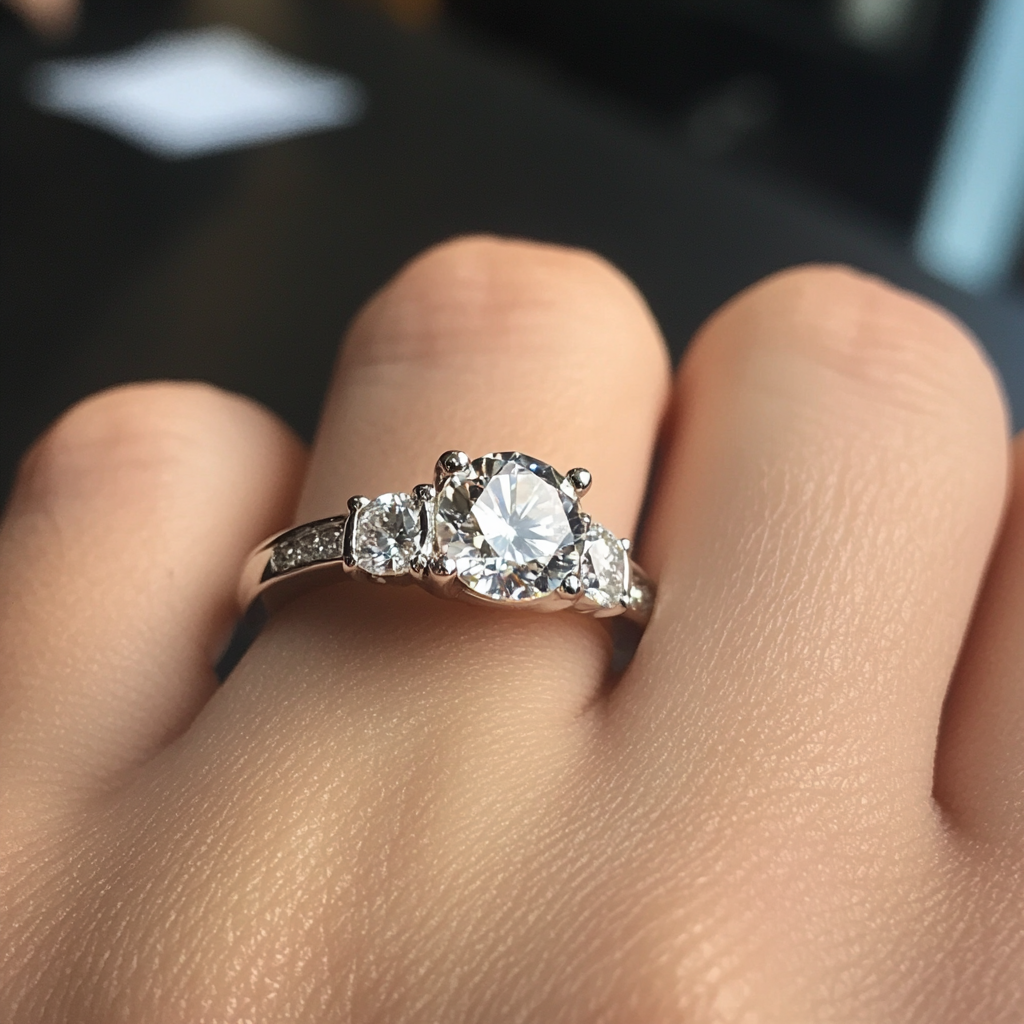ChunkyCushionLover
Ideal_Rock
- Joined
- Jun 21, 2009
- Messages
- 2,463
Ericad,Date: 2/2/2010 10:44:27 AM
Author: ericad
CCL, it may have to do with the old cuts you chose to represent true antique cushions. May I ask where you got the pics? If I had to choose between only the 3 stones you posted, I may not choose the old cut either because the ones you selected are, well...not to my taste. So as an old cut lover, I might decide not to answer or I may actually choose one of the modern stones (if you're holding a gun to my head and FORCING me to)
You may get a better response if you used nicer examples of antique cushions along with your best examples of newly cut antique-style cushions. If you wish to contact me privately, I'd be happy to help you find something with nicer make for this experiment
I know you share a love of Antique cuts and that this is the focus of your business. We spoke on the phone once when I started my cushion search.
However there is not great consistency in choosing a true antique and from reading the comments, light performance seems to be secondary. I know you could show me some assymetrical beauties with slightly rounded shapes, large culets with unique qualities. I challenge you to find an antique stone that does not show any obstruction of the virtual facets that sit on the 3,6,9,12 mains.
The focus of this thread was illustrating the three types of vintage cushion cuts with a particular emphasis on light return under the table. I chose the three extremes of appearances under the table:
i) Fully Obstructed Cross ii) Bowtie Cross partially obstructed and iii) No Obstruction
The results are very even because the Antique stone lovers took over the thread and it became an antique versus modern choice also because it is very difficult to judge light performance from a photograph. I wish I had left out my commentary and only posted the three square stones.
I carefully chose these diamonds in this thread to illustrate three types of appearances:
I) Fully dark and obstructed Maltese Cross under the table. (This was extremely hard to find in a rectangular stone as you don't see symmetrical optics in these old stones very often and especailly not in rectangular shaped stones.)
The rectangular one was a picture from Adam at OldWorldDiamonds, the square one was provided by Diagem and posted on PS in 2005. Many would find it quite beautiful even from a light performance standpoint as it exhibits an extremely strong and vibrant kozibe effect, really nice optical symmetry and not withstanding the darkness exhibited from the steep and deep crown and pavillion.
II) Your average recently cut antique cushions exhibit optics the same or worse than the rectangular and square examples of these. The pavillion and crown angle combination isn't perfected and the more rectangular ones almost always show a very pronounced bowtie, the more square ones have less of a bowtie but they all show obstruction under the four pavillion mains. I chose the nicest stones of this type from GOG's inventory with the largest virtual facets but still showing the dark bowtie which is very representative of most vintage style cushions cut today.
III) The GOG AVC cushions, carefully designed for 4 equally bright leaves under the table. Stones that have any obstruction in the 3,6,9,12 positions or that don't gather light effectively from overhead position are not eligible to be called an AVC. The light performance on these is very symmetrical and optimized for fire and brightness. I chose one with as similar as possible LW ratio as the other examples not the one with the best optics.
Ultimately this thread really didn't illustrate my point, perhaps in future a vendor(maybe you

Regards,
CCl





300x240.png)